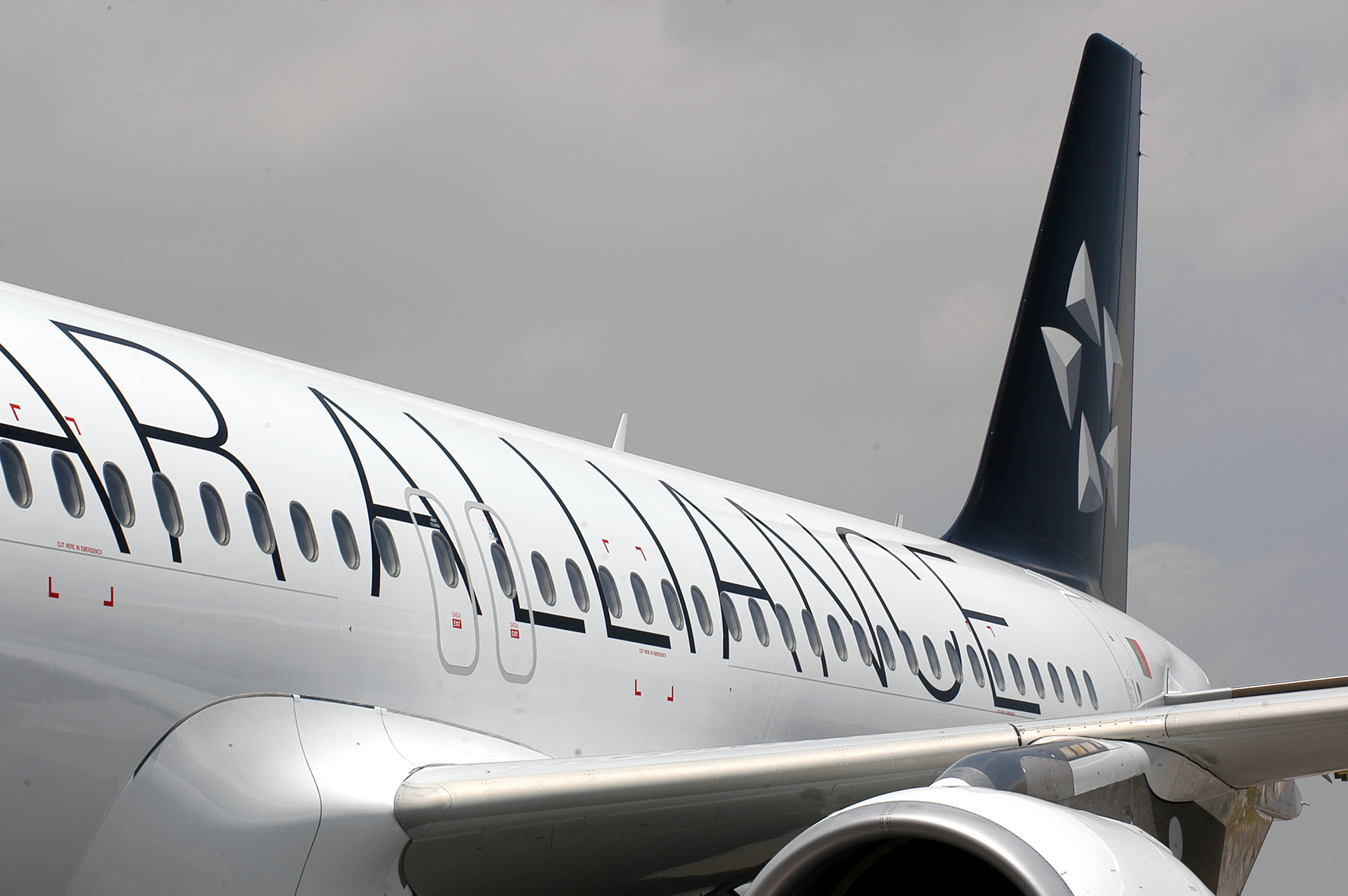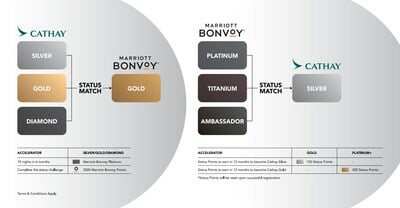Visit Estonia reports a new record in museum visitors in 2017. For the first time, over 3.5 million museum visits were recorded, 50,000 more than in 2017.
Museums continue to be very popular amongst tourists visiting Estonia and 35% of the recorded visits were by overseas visitors.
Throughout 2017, there were 2,659 museum visits per 1,000 inhabitants in Estonia. According to the European Group of Museum Statistics (EGMUS), this is one of the highest figures in Europe.
The highest number of visits was recorded in the Harju county (1.7 million), where Tallinn is located, followed by Tartu and its county, with 900,000 visits, and then by Lääne-Viru county with 230,000 visits. There are 242 museums in Estonia, ranging from traditional village culture and Soviet history to international art.
Annely Vürmer, director at the Estonian Tourist Board, says: “Estonia has a huge amount to offer tourists, from world-class museums and incredible nature to great food and warm, welcoming people. It is fantastic news for the tourism sector that our museums received a boost in visitor numbers in 2017 and Visit Estonia will continue to support the industry and promote Estonia to the world as a great place to visit.”
Below a round-up of top museums in Estonia:
Kumu Art Museum, Tallinn
By far the country’s largest and most cutting-edge art museum, the Kumu Art Museum opened in 2006, providing Tallinn with an impressive world-class venue for the arts. A must-see for culture vultures, Kumu serves both as Estonia’s national gallery and as a centre for contemporary art. Kumu displays Estonian-created artworks from the 18th through to the 21st century. The complex itself is a work of art and is considered a modern architectural masterpiece. Curves and sharp edges mark out the copper and limestone structure, which is built into the side of a limestone cliff. In 2008 Kumu received the ‘European Museum of the Year Award’.
Estonian National Museum, Tartu
Situated in a former Soviet airfield and founded in 1909 in the outskirts of Tartu, the second biggest city in Estonia, the museum is devoted to Estonian ethnography and folk heritage. Through the exhibitions and interactive displays, visitors can learn about Estonians’ everyday lives throughout the centuries. The building projects the straight lines of the runway back towards the city. Its glass sides, imprinted with a white pattern, are designed to reflect surrounding trees and snow.
Lennusadam Seaplane Harbour – Estonian Maritime Museum, Tallinn
The museum narrates the maritime history of Estonia in a modern visual language. Located in an old airplane harbour, Lennusadam offers visitors the opportunity to see some spectacular ships and submarines, as well as a pool where people can sail miniature ships. The underwater archaeology experience room introduces visitors to the fascinating world of the abyss through large interactive projected screens and U-Cat, Estonia’s very own underwater robot – a must-visit for every tech enthusiast.
KGB Cells Museum, Tartu
The KGB Cells Museum is one of the most remarkable and interesting museums in Estonia, entirely dedicated to the crimes of the Communist regime and to the Estonian resistance movement. Opened in 2001 in Tartu, the museum is housed in the basement of a former KGB building where, during 1940-1954, civilians were detained. It narrates the stories of thousands of innocent people that passed through its cells on their way to jail or prison camps in Siberia.
Tallinn City Museum, Tallinn
Tallinn City Museum showcases the city’s history from the 13th century until the present, housed in a medieval 14th century merchant house, this comprehensive museum provides an excellent introduction to Tallinn’s history. Through different pictures, sounds and items, guests get an idea of how people lived in Tallinn at different periods of time. Video and slide programs introduce revolutionary events in the 20th century, tales of turbulent wars, Soviet occupation, and finally Estonia’s re-independence.
ШТО ДА ОДЗЕМЕ ОД ОВАА НАСТАП:
- It is fantastic news for the tourism sector that our museums received a boost in visitor numbers in 2017 and Visit Estonia will continue to support the industry and promote Estonia to the world as a great place to visit.
- Situated in a former Soviet airfield and founded in 1909 in the outskirts of Tartu, the second biggest city in Estonia, the museum is devoted to Estonian ethnography and folk heritage.
- The KGB Cells Museum is one of the most remarkable and interesting museums in Estonia, entirely dedicated to the crimes of the Communist regime and to the Estonian resistance movement.





















